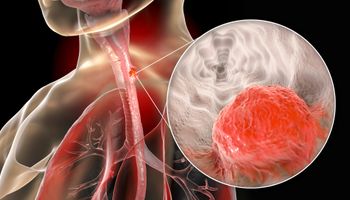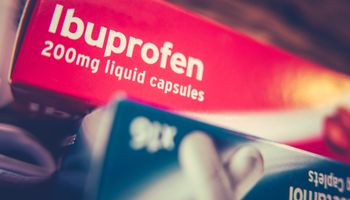What is migraine?
Migraine is an attack of severe, mostly one-sided, pulsating headache, which increases in intensity during physical activity (e.g. sports). In about one third of those affected, the pain is felt all over the head. Accompanying symptoms of the individual attacks are loss of appetite, nausea in 80% of patients, photophobia in 60%, sensitivity to noise in 50%, vomiting in 40-50% and hypersensitivity to smells in about 10%. Migraines can also present on only one side of the head, with the side changing either within an attack or from one attack to the next. The intensity of these may also vary and increase between periods. Such an attack can normally last between 4 and 72 hours. When this maximum is exceeded, medical personnel speak of status migränosus, the most severe form of migraine. In adolescents and children, attacks last for a shorter period of time and may be characterized by abstinence of the headache. Only nausea, vomiting or dizziness occur.
Drugs Beta-blockers:
While the causes of migraines are varied and their origin is not yet well understood, different types of treatments are available. These include medications, acupuncture, behavioral therapy, neurofeedback, or exercise. As a prophylaxis against the headache, so-called beta blockers are usually used. These are active drugs that bind to and block so-called β-adrenoceptors (protein). This inhibits the effect of the hormone adrenaline and the neurotransmitter noradrenaline. While in our latitudes mostly propranolol and metoprolol are used in migraine prophylaxis, in the USA the beta blocker timolol maleate is common.
Treatment with eye drops:
A study published in October 2020 in the journal JAMA Ophthalmology examined this very drug (timolol) for its efficacy. In the two-year, randomized, placebo-controlled Corssover study, 50 migraine patients were administered either timolol eye drops (0.5%) or a placebo. The advantage: unlike conventional beta-blockers in tablet form, timolol takes less time to show therapeutic effect and could thus be used to treat acute pain attacks. After a three-month treatment period, patients underwent a one-month washout period (i.e., participants receive no treatment to eliminate the effects of the previous period). During the final three months, patients were switched to the other treatment method. As a result, all study participants received timolol and the placebo for three months.
Pain reduction with timolol:
Patients were asked to administer one drop of the drug into each eye at the first indication of a migraine. They were then asked to evaluate the perceived pain using a 10-point scale. Reducing the pain score by 4 points, or to 0, 20 minutes after applying the eye drops was the primary endpoint of the study. In this study, 82% of participants were able to achieve this goal with timolol eye drops. For placebo-treated migraine attackers, this figure was only 14%. On average, the drug timolol was able to show a 5.98 point reduction in the pain scale in all patients (comparison placebo: 0.93 points).
Conclusion:
Further studies over longer follow-up periods and larger groups are needed to further monitor the initial approach of this treatment method. Timolol eye drops for acute migraine would potentially be a promising improvement in treatment methods for patients in the future.
Active ingredients:






